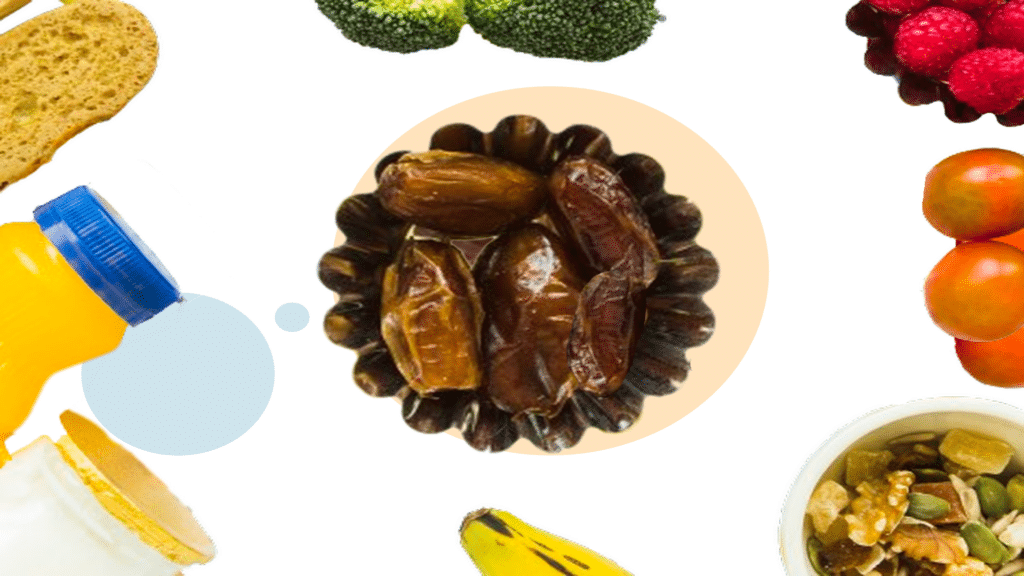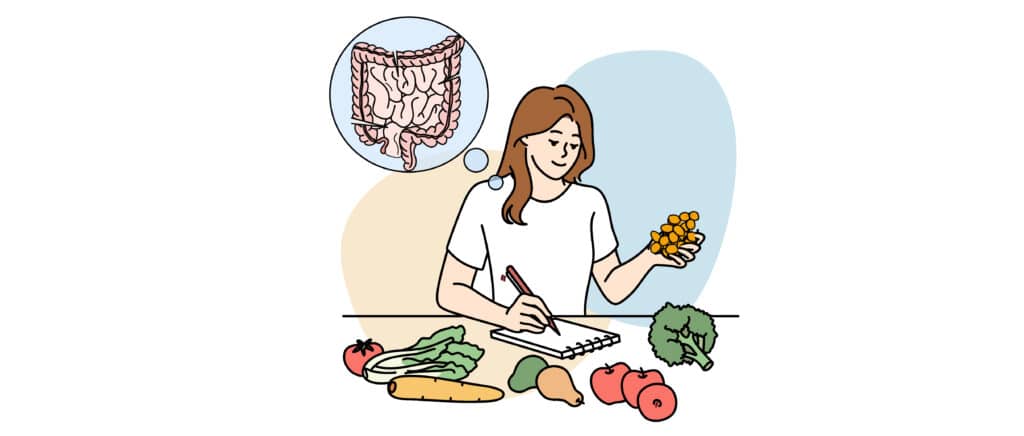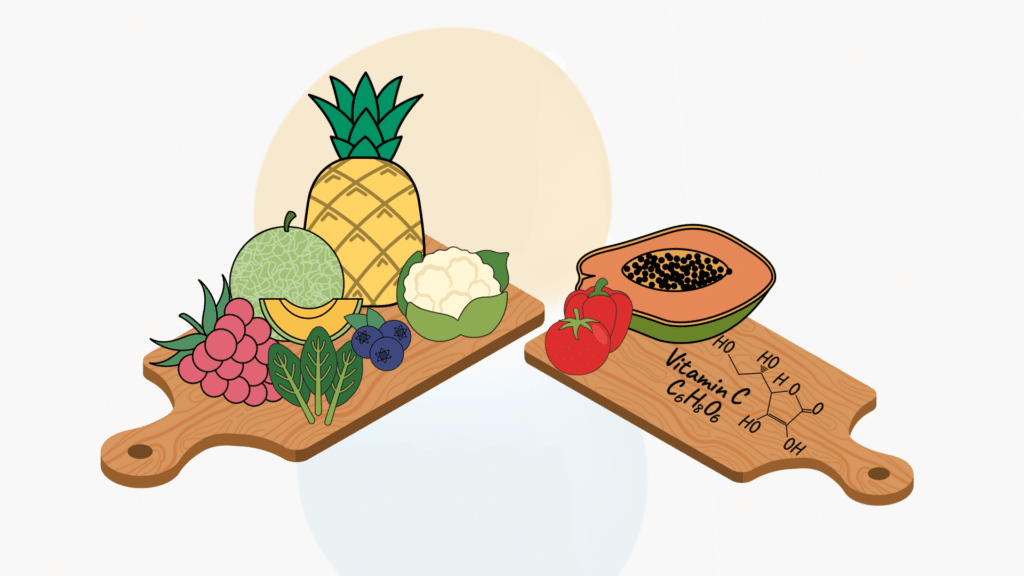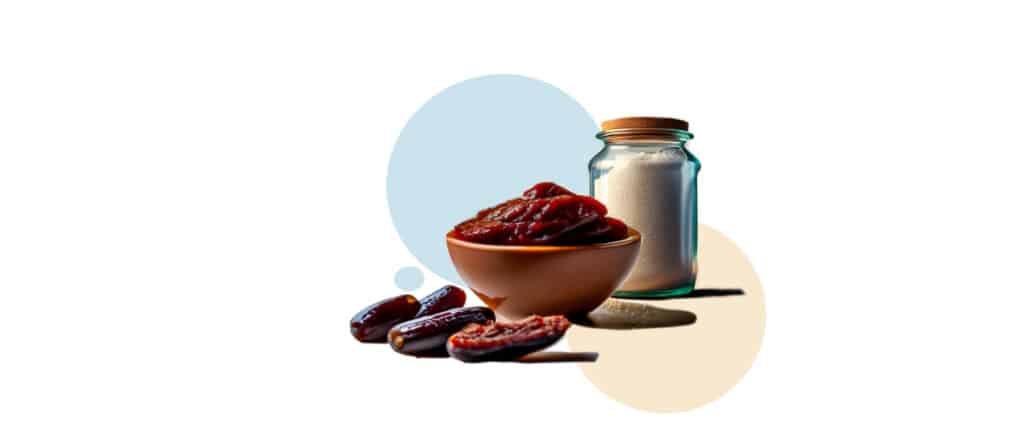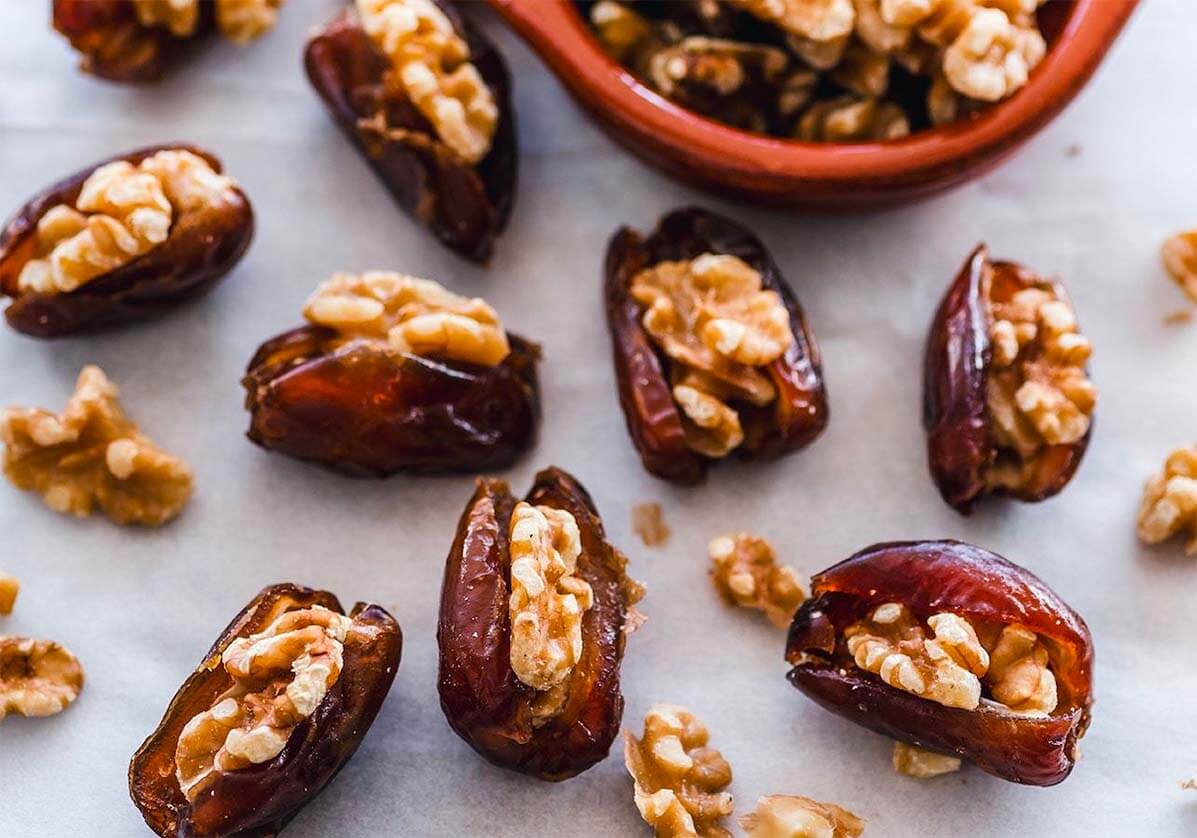Exploring Sugar Quality and Mineral Element Changes in Five Date Palm Cultivars during Fruit Development in Al-Madinah Al-Munawwarah
- Dates and Research
- April 30, 2023
- 6 minutes read
Dates are common in the world’s hot-arid regions. They are known for their sweet flavor and food value. Fresh date palm fruit is rich in vitamins, minerals, fibers, and sugars. In this article, let’s explore the sugar and mineral changes in dates.
Dates show marked antioxidant properties. They also have antibacterial and antiviral features. These properties give the date fruit some of its healing powers when consumed.
Many people think dates are only good for food, but this is not true. They are also useful for many other things. For example, dates are good sources of oil for the oil sector. This is possible because they can withstand much heat. Dates are also used as food for cattle.
Fresh date palm fruits are valuable fruits in Arab regions. They hold sacred value in the country, especially Mecca dates.
Most Arab nations prepare caffeine-free coffee from date seed powder. This type of coffee has several health benefits. First, coffee contains unsaturated fatty acids (UFA). UFA is good for the body. It protects the heart and lowers the risk of certain diseases like stroke and high blood pressure. It also contains minerals like calcium. So it helps lower blood sugar levels and cleanses the liver. This coffee is also helpful for those who want to lose weight.
Research has also shown that dates have high sugar content. The level of sugar content varies with each date cultivar. A study revealed as high as 88% in some varieties.
THE STUDY ABOUT SUGAR AND MINERAL CHANGES IN DATES:
What Nutrients are in Fresh Date Palm Fruits
Dates contain antioxidants. These antioxidants help to reduce the risks of having some illnesses. For instance, they help to prevent heart problems. Dates are also rich in dietary fibers which increase bowel movements that help promote good gut health. Date fruit flesh is rich in sugars. It is also low in fat and protein.
Reports have shown that dates are rich in many essential minerals. Some of these are potassium, magnesium, and copper. Dates also contain vitamins such as vitamin C and the B-complex vitamins. Dates also show anti-inflammatory properties. These properties, among other things, help to promote brain health. Further research is needed to help us know more about the health gains of date fruit. More people will adopt dates as part of their diet if they know about their benefits.
Nutritional Changes During Development
Date fruit cultivars exhibit nutrient changes as they grow. This section explores nutrient changes at each growth stage. Date fruit development occurs in four different phases, which are:
- Kimri (unripe)
- Khalai (full-size, crunchy, yellow)
- Rutab (ripe and soft)
- Tamre (ripe, sun-dried, dark)
This study compared five types of dates grown at Al-Medinah Al-Munawwarah. Al-Medinah Al-Munawwarah is Saudi Arabia’s largest producer of date fruits. The varieties studied are Anja, Beid, Burni, Rabeia, and Safawi dates. The study explored nutrient and sugar content changes. It looked at these changes at each development stage.
The findings from the study were quite interesting. The total sugar content was highest in the Tamre stage. This finding was seen in all varieties. The fructose to glucose ratio changed from 1:1.4-1.7 to 1:1 as the dates reached the Tamre stage. Reducing sugars hit their peak values at the Tamre stage.
For non-reducing sugars, the values were lowest at the Kimri stage. These values rose to a high at the Rutab stage. They then dropped again at the Tamre phase. Safawi fruits had the highest value.
Data also shows a change in the mineral content at each stage. Potassium and nitrogen percentages were highest at the Kimri stage. Yet, their values dropped to the lowest levels in the Tamre stage. At that stage, Beid fruit had the highest potassium content. But, nitrogen had its peak value in Ajwa fruit in the same phase.
Iron (Fe) was the chief microelement, while copper (Cu) was in trace amounts. Iron content is reduced from Kimri to the Tamre stage in all date types. Cu also followed a similar trend. But the Ajwa had increased copper content at the Tamre stage.
Pitted vs. Unpitted Dates
Pitted dates do not contain seeds, while unpitted dates do. Removing pits from pitted dates allows for easier chewing and a better texture. It does not make them more nutritious.
Summary
It is true that people now pay more attention to natural sources of nutrients. This is vital in reducing the harm man-made products have caused over time. The nutritional value of date varieties is worth studying. This would help to uncover other health benefits and uses of dates. There could be cures and remedies lurking inside the date fruit, waiting to be found. All we have to do is look into the date fruit!
SCIENTIFIC INFORMATION
Unsaturated fatty acids: A type of fatty acid that contain one or more double bonds between carbon atoms in their carbon chain.
Antioxidants: Compounds that protect cells in the body from damage caused by free radicals.



